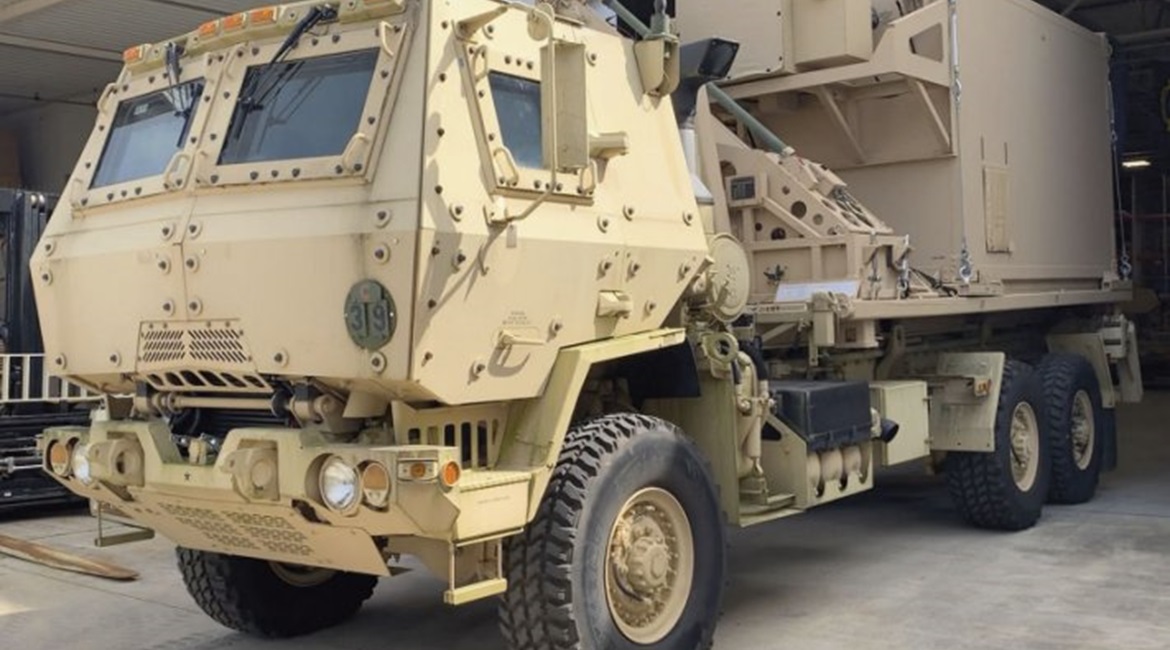
The US Army is considering joining offensive and defensive fires units (field artillery and air-defence artillery) in the same spot or structure so the air-defence units could have a long-range fires capability to shoot back. However, it is first working to finalise the technology that would enable such integration.
There are likely to be some structural and cultural hurdles, but technology is an immediate hurdle, Brigadier General Brian Gibson, head of the army’s Air and Missile Defense Cross Function Team, told reporters on 15 October at the annual Association of the United States Army 2019 conference (AUSA 2019) in Washington, DC.
For example, Brig Gen Gibson said a field artillery senor might not be compatible with a ground-based air-defence sensor, and sharing that information would be necessary for integrating offensive and defensive fires.
Driving the army’s air-defence portfolio are three priorities: protect the manoeuvre force via Interim Maneuver Short-Range Air-Defence (IM-SHORAD), protect fixed and semi-fixed assets that enable manoeuvres to occur through a more permanent upper-level air-defence solution, and converge air-defence capabilities with a common mission command application.
That application, the Integrated Air and Missile Defence (IAMD) Battle Command System (IBCS), would also be key for an offensive-defensive fires integration, he said.

Northrop Grumman in May delivered to the US Army the first production-representative engagement operations centre for the IBCS. (Northrop Grumman)
However, Brig Gen Gibson noted that the army does not want to get bogged down trying to integrate everything at once, and so is working out a logical progression. This progression will prioritise integration of air and missile defence systems and other “quick wins” for IBCS integration, he said. Then offensive systems could be considered as well.
Looking to read the full article?
Gain unlimited access to Janes news and more...